17 gorgeous photos of India's Holi festival, the most colorful party in the world
The term "Holi" comes from the name "Holika", a character in a well-known Indian legend.

There are two main legends that are associated with the festival — Holika and Prahlad, and Radha and Krishna.
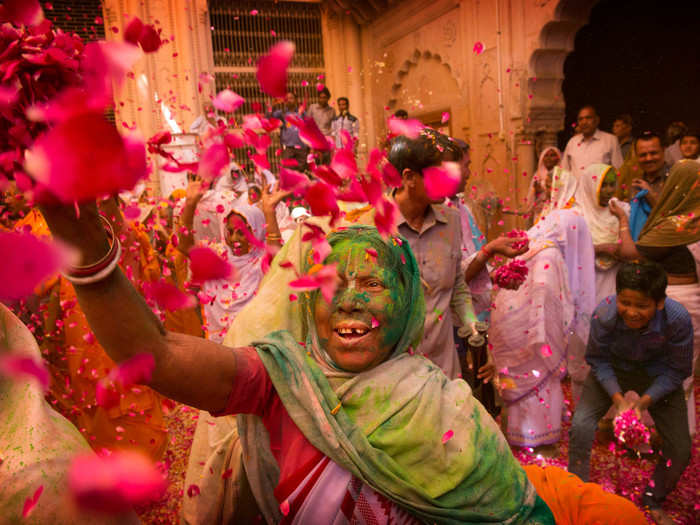
Holika was the sister of the demon king of the Asuras, Hirankashyap. Hirankashyap ordered people to worship him, but his son, Prahlad, was an admirer of the second Hindu god, Lord Vishnu. Prahlad did not obey his father, so Hirankashyap tried to get him killed.
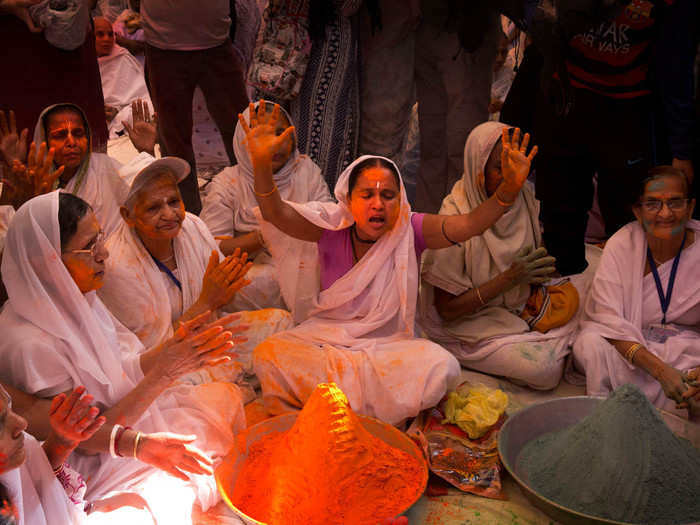
Hirankashyap's attempts to kill his son were constantly thwarted by Lord Vishnu. So, Hirankashyap asked his sister, Holika, to sit on a bonfire with Prahlad in her lap. Holika was blessed to be protected by fire, but that did not help her in this situation. Prahlad walked out of the bonfire unharmed, while Holika got burned to death.
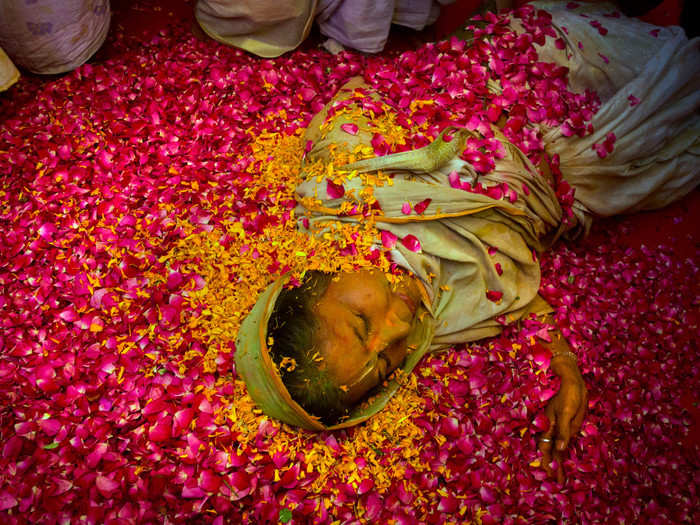
The legend is where Holi got its name and explains why it is celebrated as a victory of good over evil. The public bonfire is held the day before Holi, in commemoration of the burning of Holika.
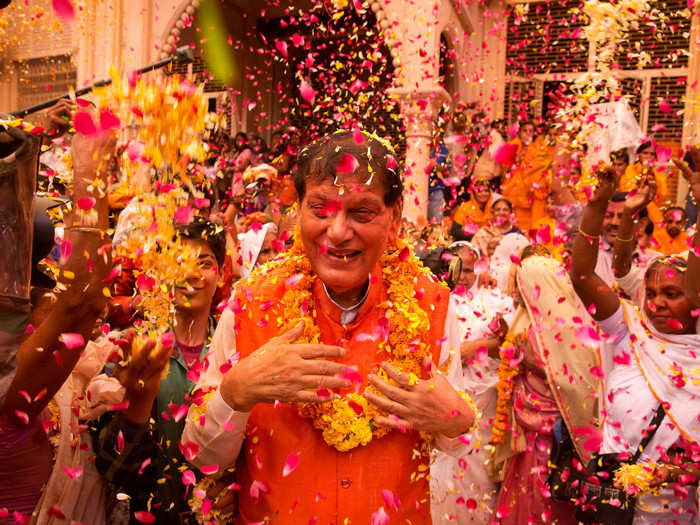
The throwing of colors, on the other hand, has its origins in the legend of lovers Radha and Krishna.
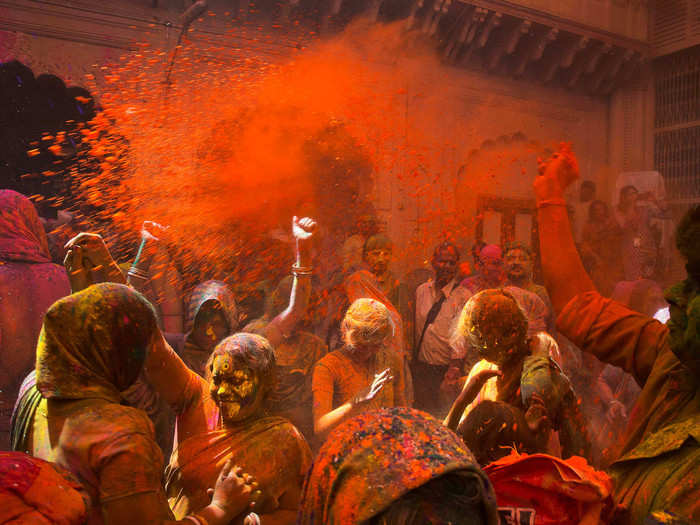
Krishna would complain to his mother that his skin was too dark, while Radha had fair skin.
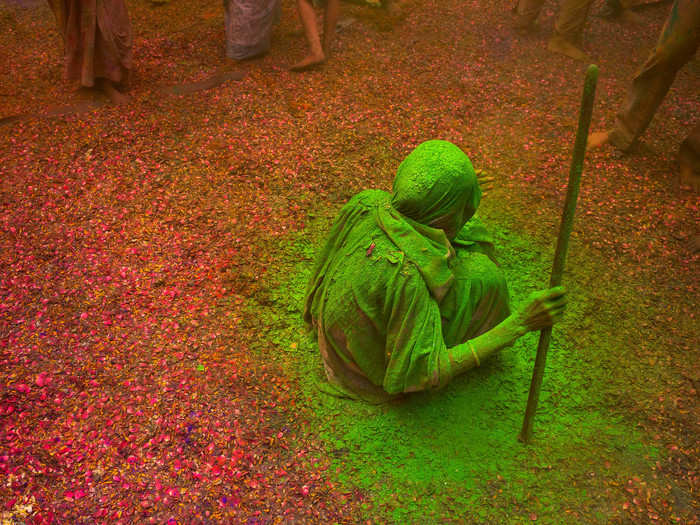
Krishna's mother joked by telling him to paint Radha's face whatever color he wanted, hoping to settle down the crying.
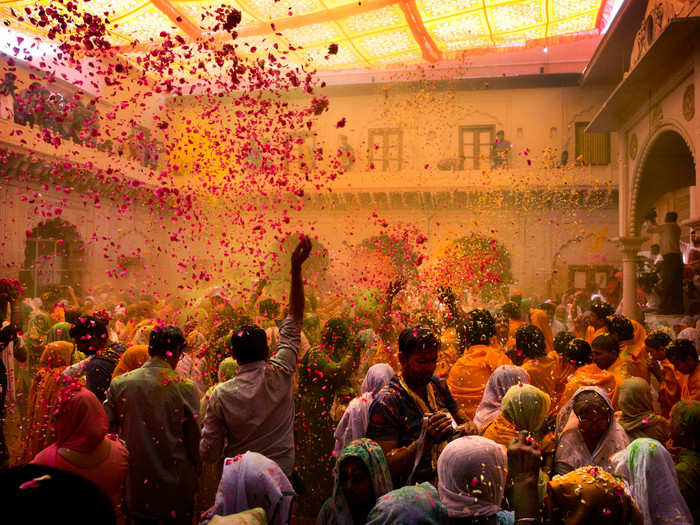
Krishna took this seriously and applied colored powder and water to Radha's face. This was turned into paintings and murals.
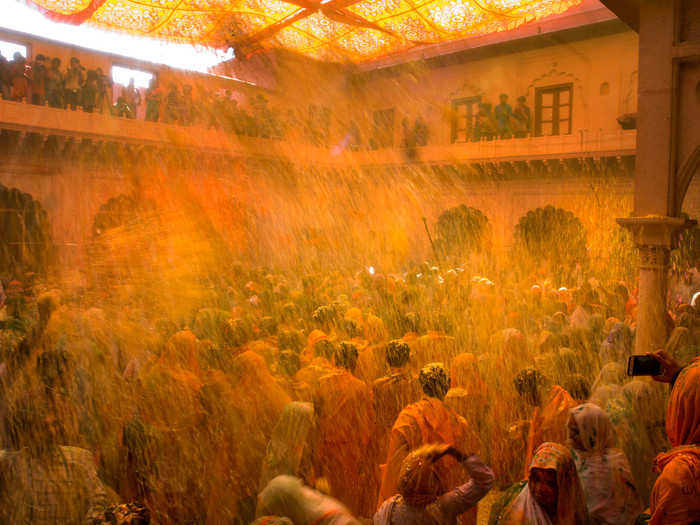
Now during Holi, lovers and family members apply color to each other's faces to express their love and affection.
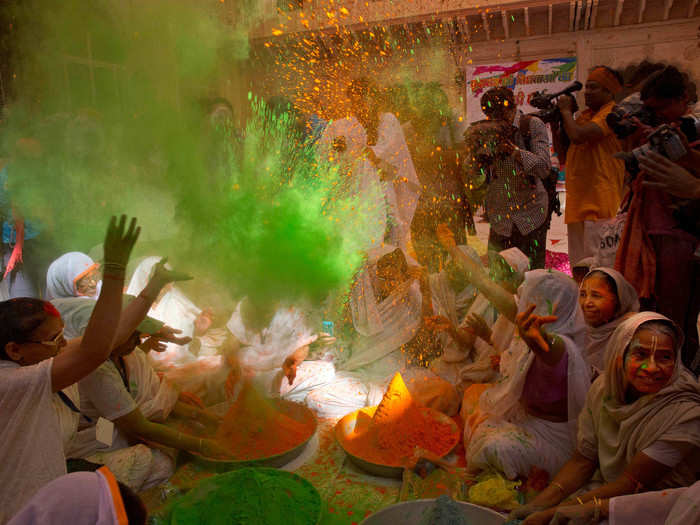
Each color has a different meaning in Indian culture.
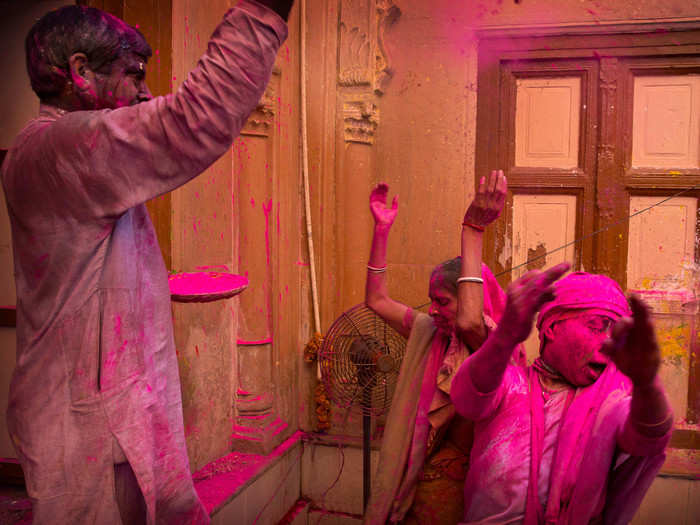
The color red symbolizes fertility, love, beauty, and is worn by most brides at their wedding.
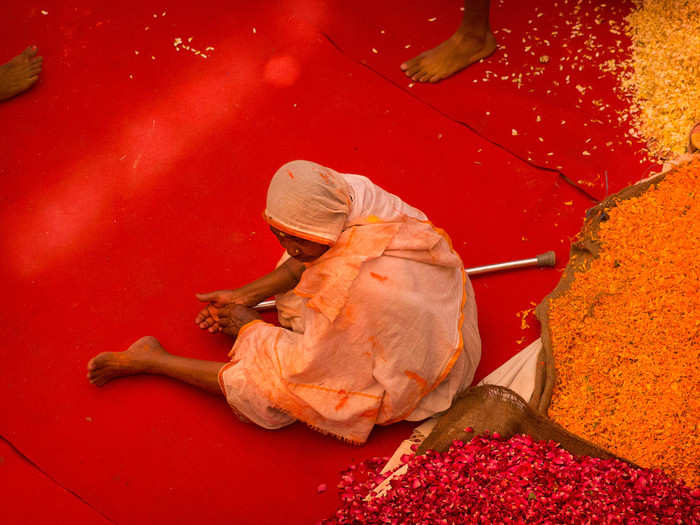
Green symbolizes new beginnings and the harvest, and is also the sacred color of the Muslim community in India.
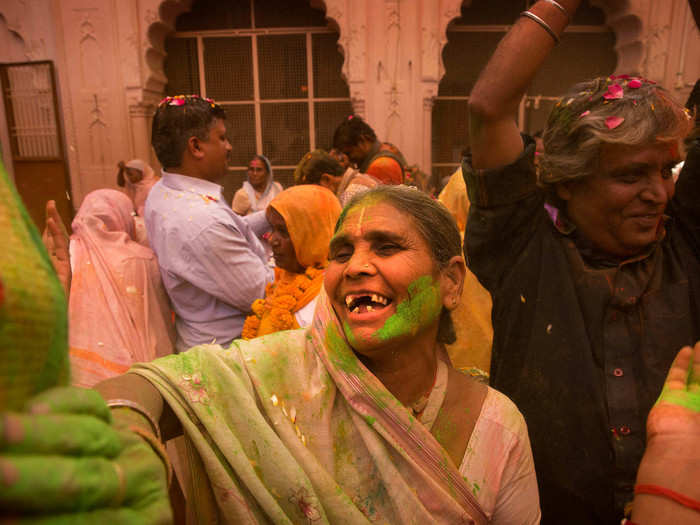
The throwing of colors is meant for pure enjoyment.
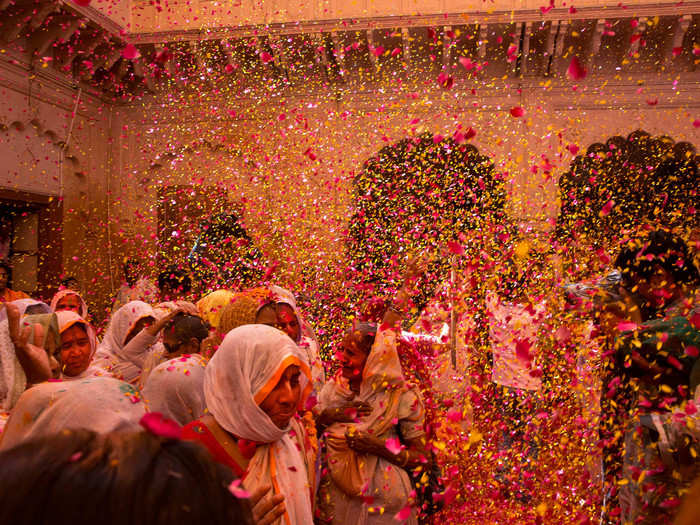
Dancing is also a very big part of the festival's traditions.
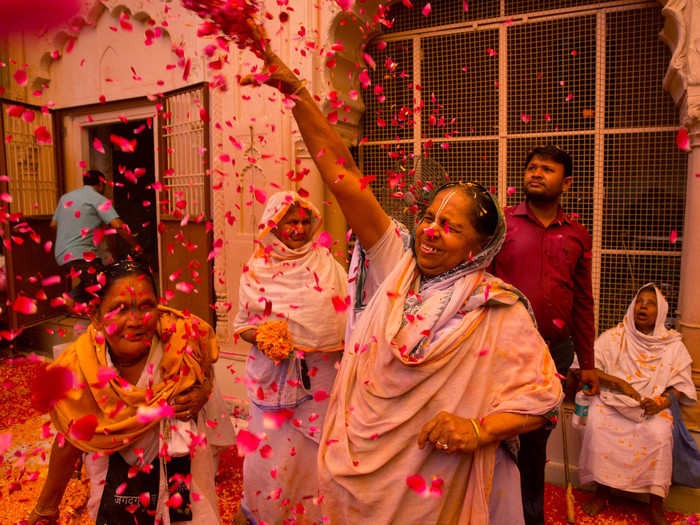
During the Holi celebrations, people forget about race, social status, and everything else.
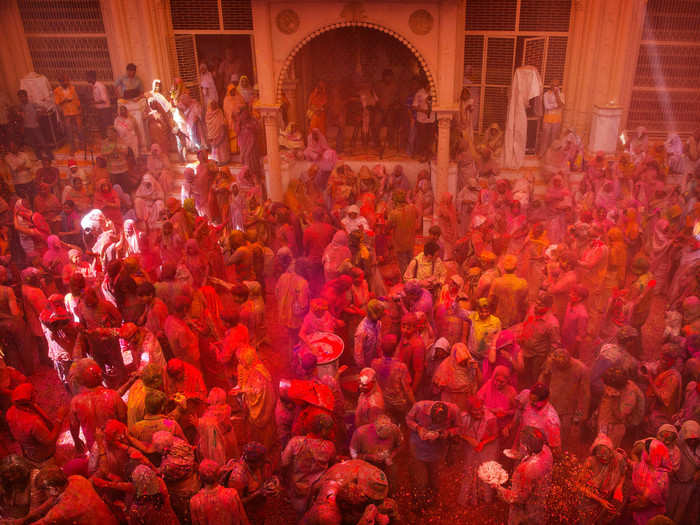
It's a fun gathering for everyone to let loose and show affection.
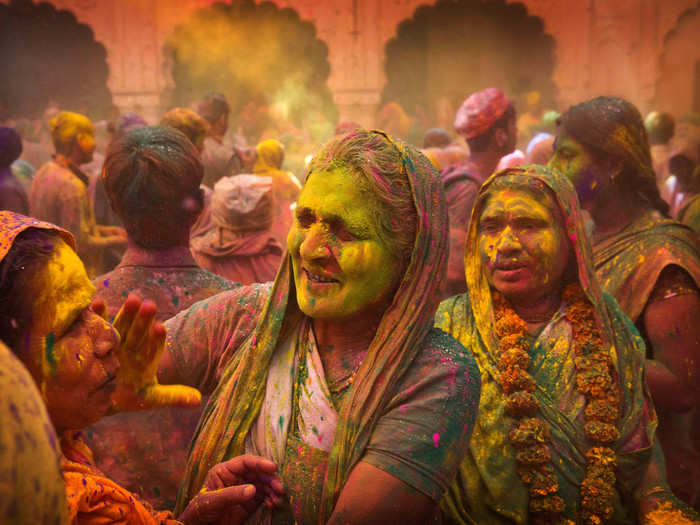
Popular Right Now
Advertisement